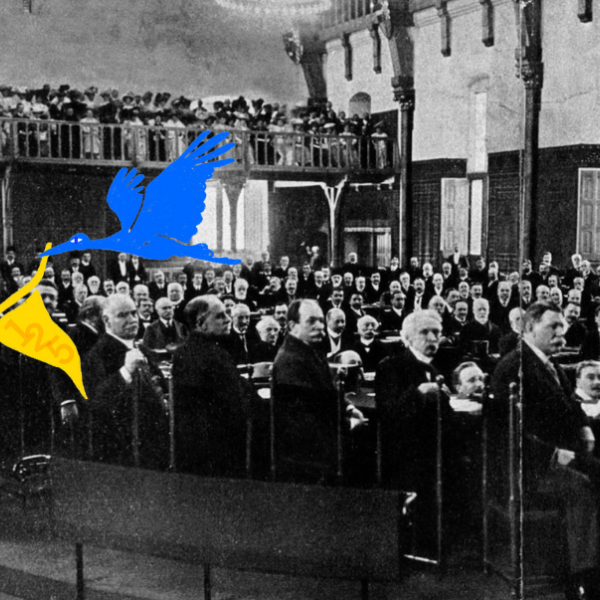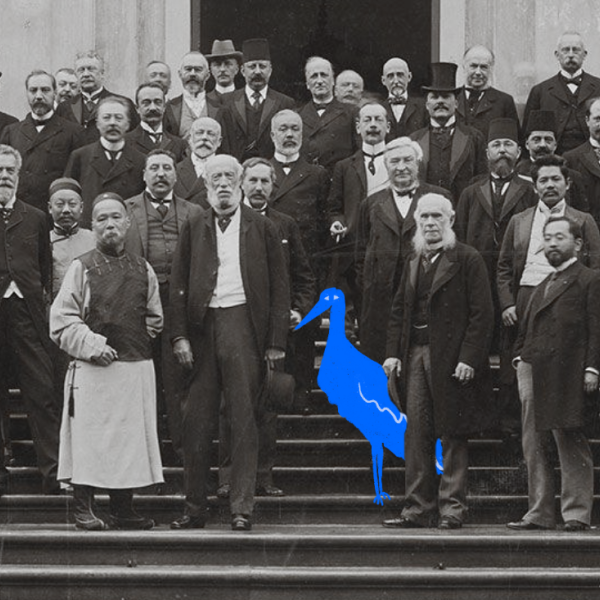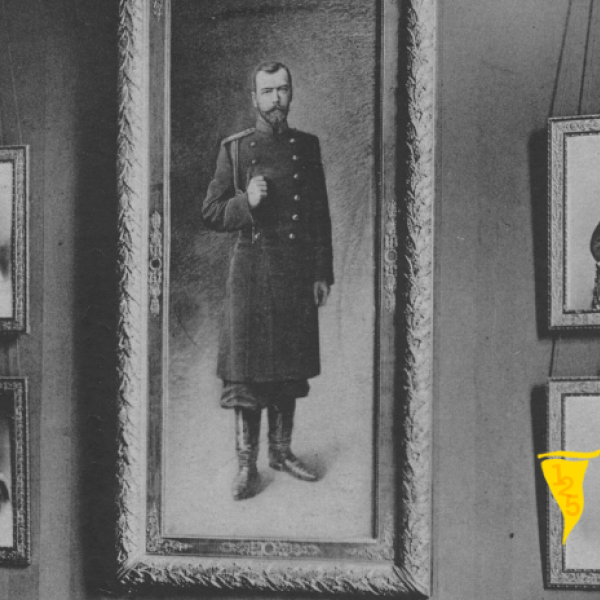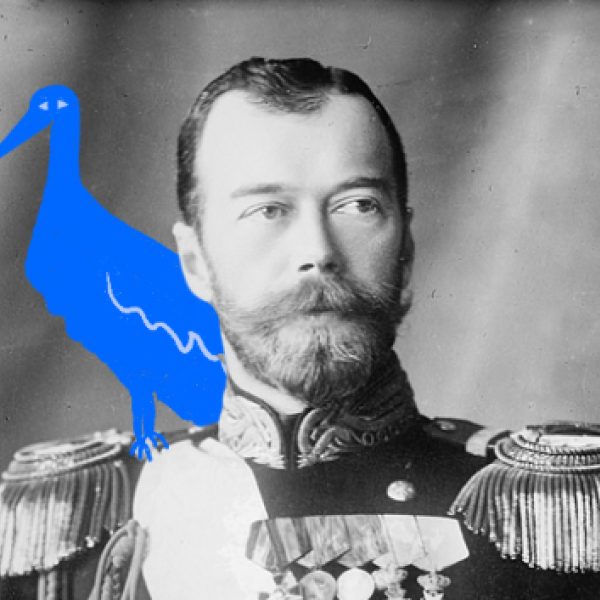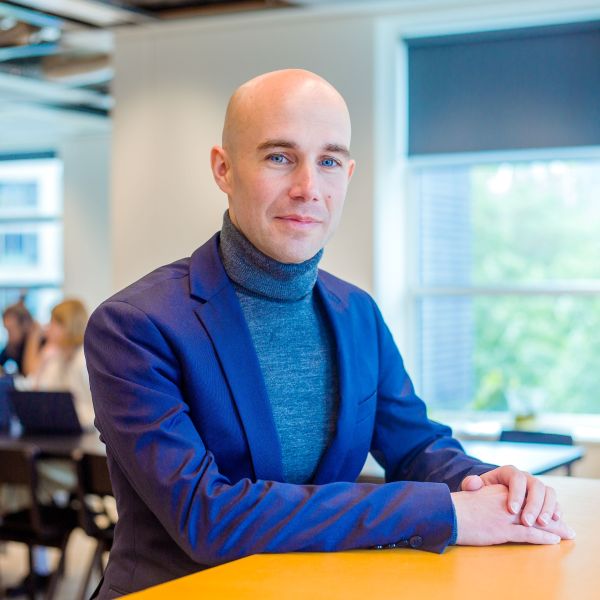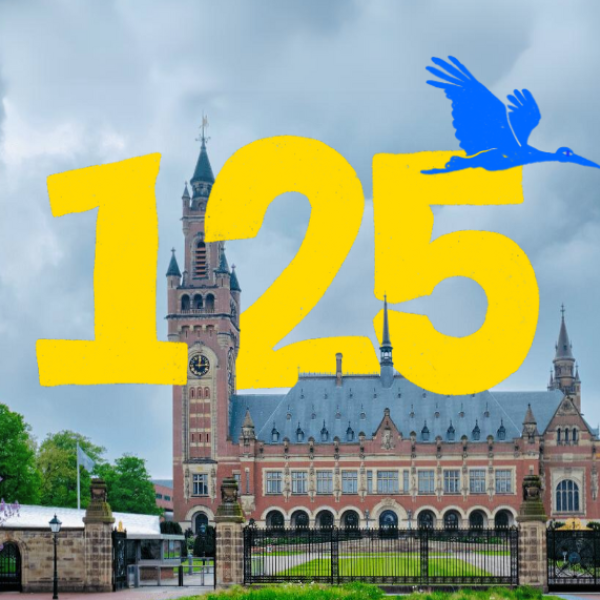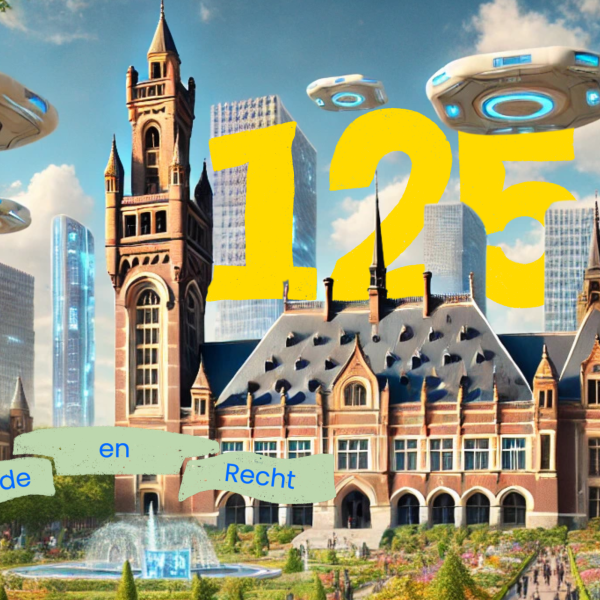From Bunkers to Boardrooms: The Hague's International Zone as a Peace Hub
In a city where people of more than 180 nationalities congregate and live, and where nearly 500 international organizations are based today, it is pretty self-evident that The Hague bears the title of Peace and Justice. But how did it come to be so? And to what does the city owe its well-deserved title. In eight short stories Just Peace (in cooperation with the municipality of The Hague) takes you through the history, present and future of the City of Peace and Justice.
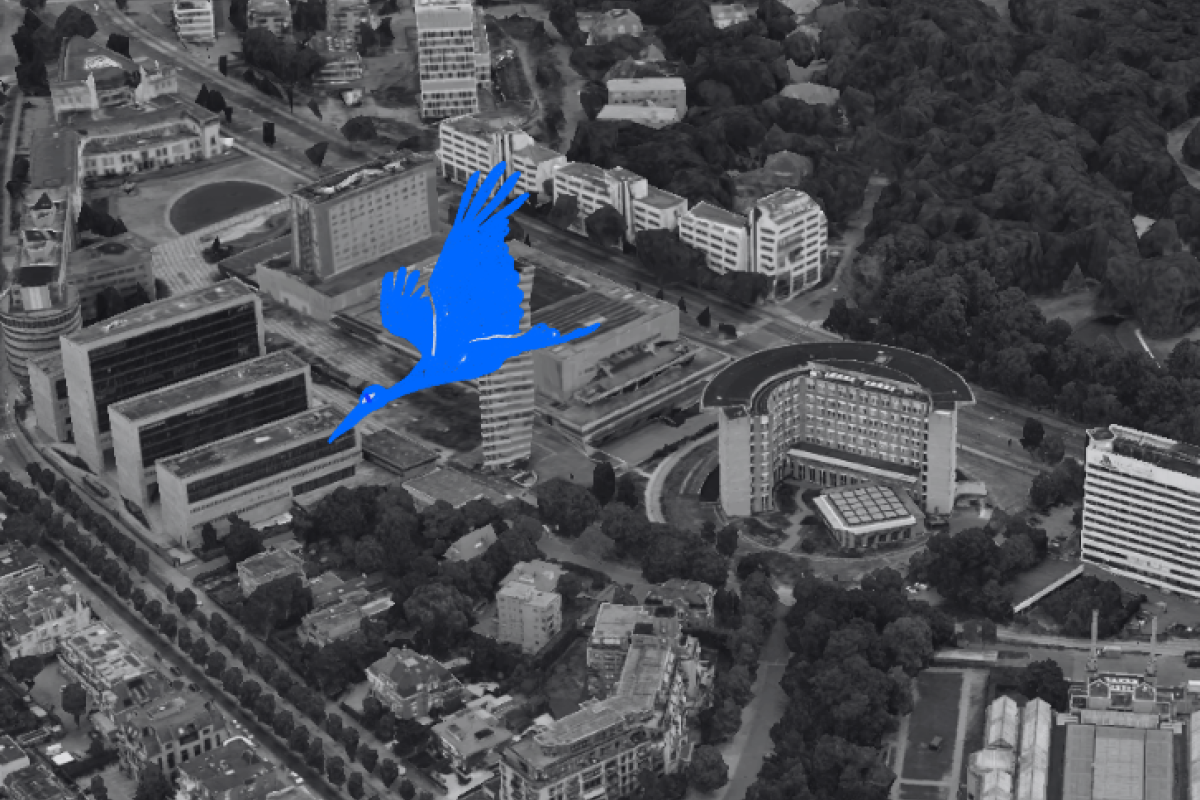
The International Zone
Last week you read about big international organisations in the Hague. The presence of these organizations has made The Hague an important center for international diplomacy, peacekeeping and legal affairs. In the International Zone, countries and organizations work together to tackle global problems, such as human rights violations, preventing conflict and protecting the environment. The international organizations found a location for housing in the same neighborhood. This area of The Hague is designated as the International Zone. The largest organisations in this area include the World Forum, Europol, Eurojust, the OPCW, the Peace Palace, the International Court of Justice and more.
The International Zone in the Hague is located on the remains of the Atlantic Wall, tucked between the city centre and Scheveningen.
What is the Atlantic Wall?
The Atlantic Wall was a vast defense line built by Nazi Germany during World War II. The line followed the coasts of Western Europe: from Norway to the French-Spanish border. The aim was to prevent a possible invasion by the Allies. In The Hague, a wide defense line was built not only along the coast, but also right through the city, for which thousands of houses were demolished.


After the war, parts of the Atlantic Wall in The Hague were rebuilt. The urban planner Willem Dudok drew up a reconstruction plan on behalf of the municipal council. Some of these areas were later designated as the International Zone. While in other cities the international zone can often be rather isolated from the city, in terms of location, in The Hague the International Zone is near the centre and nestled between residential areas. The fact that international organizations have established themselves on the former Atlantic Wall symbolizes the transition from war to peace in The Hague.
The People of The Hague and the City of Peace and Justice
Since 125 years, The Hague is the international city of Peace & Justice. The many international organizations have given the city an important reputation, both nationally and internationally. Several hubs have emerged where organizations and companies work in the fields of human rights, digital security, impact and innovations. The Hague has changed from a sleepy provincial city to an international metropolis.
More and more major international events and conferences are also finding their way to the city, such as the Nuclear Security Summit (2014) and the Global Entrepreneurship Summit (2019) bringing government leaders and influencers to The Hague. However, much of the work is done behind closed doors or fences. And therefore it is not always very visible, yet not less important. Much of these efforts areso prevent wars and other conflicts. This work may not make the news, but it ensures that The Hague is indispensable.
The name "The Hague," especially when it comes to bringing someone to The Hague," have become of great importance in the world of international conflict and justice. But what does The Hague mean to you? The connection between the Hague resident and the Hague world of peace and justice sometimes remains weak and distant. Yet work is still being done on this. Want to find out more about how, what an where? Check our Just Peace Calendar!
Want to learn more about The Hague's history as the International City of Peace and Justice? Follow this series directly on the Just Peace website or on our Instagram @justpeacethehague.

